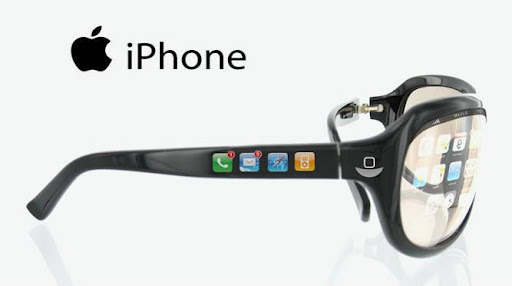Some postsecondary educators may consider technology as a distraction in the classroom. They might sometimes view mobile phones and technology as a necessary evil. But rather than tolerating it, educators can harness the power of digital devices and use technology to increase engagement, spark innovation, encourage collaboration and enhance student learning.
In itself, educational technology may not be effective in teaching and learning. Thus, it may require guidance from an educator and a purpose, especially related to the curriculum. The advantage of technology is that it may be effortlessly integrated into the course material. When used with purpose, education can be transformed from a distraction to a useful teaching tool.
Ability to Learn on Your Own Time
Unlike the traditional classroom, students who are struggling with new concepts may fall behind. With online assignments, however, students can advance at their own pace. For instance, those who need extra help can take their time and practice outside the class with additional coursework and guided exercises. This feature is also essential for learners who may want more challenge.
The always-on nature of technology allows students to access resources online on-demand and from anywhere. The educators can use the platforms to gauge which student might require extra help. The self-paced learning also helps students acquire digital skills and become technology literate. These additional skills will be valuable in the workforce, especially in the medical field. If you’re interested in the medical field, there are several health industry careers made available through online education.
Better Research and Information Sources
As long as they have an internet connection, students have access to information 24 hours a day. A student can find almost anything online, and he or she can gain access to essential data for research in its most updated version. For students, technology means access to everything in any discipline or research area. They can access research materials and educational apps, open resources from leading universities and interactive edutainment systems.
Although technology offers an endless pool of resources, students may require instructions on how to find credible and relevant resources. Additionally, students may need directions on how to provide attribution to these resources properly. Students can use technology to connect with online groups and virtual communities in real-time.
Improved Student Engagement
Education technology can assist in making learning in a specific field interactive and collaborative. This can help students better interact with the course material. The interaction will eliminate the need for students to memorize facts aimlessly but, rather, learn by doing. A student can do this by participating in tech-enabled or online group discussions, such as virtual labs, and virtual field trips and playing educational games.
For this online platform to be truly engaging and collaborative, it should be interactive. Animating a math challenge introduces a new perspective compared to using a pencil and paper. The interactivity in online platforms provides a better learning experience.
Although technology has been viewed as a threat, integrating it into teaching will offer new approaches for student engagement and interaction with the course material. Thanks to technology, education can be accessed from anywhere other than being confined to the walls of a classroom.
Related: 5 Ways Technology is Helping Our Children Read Better

















